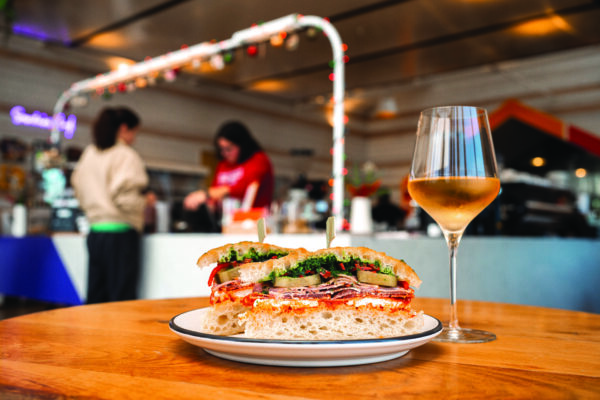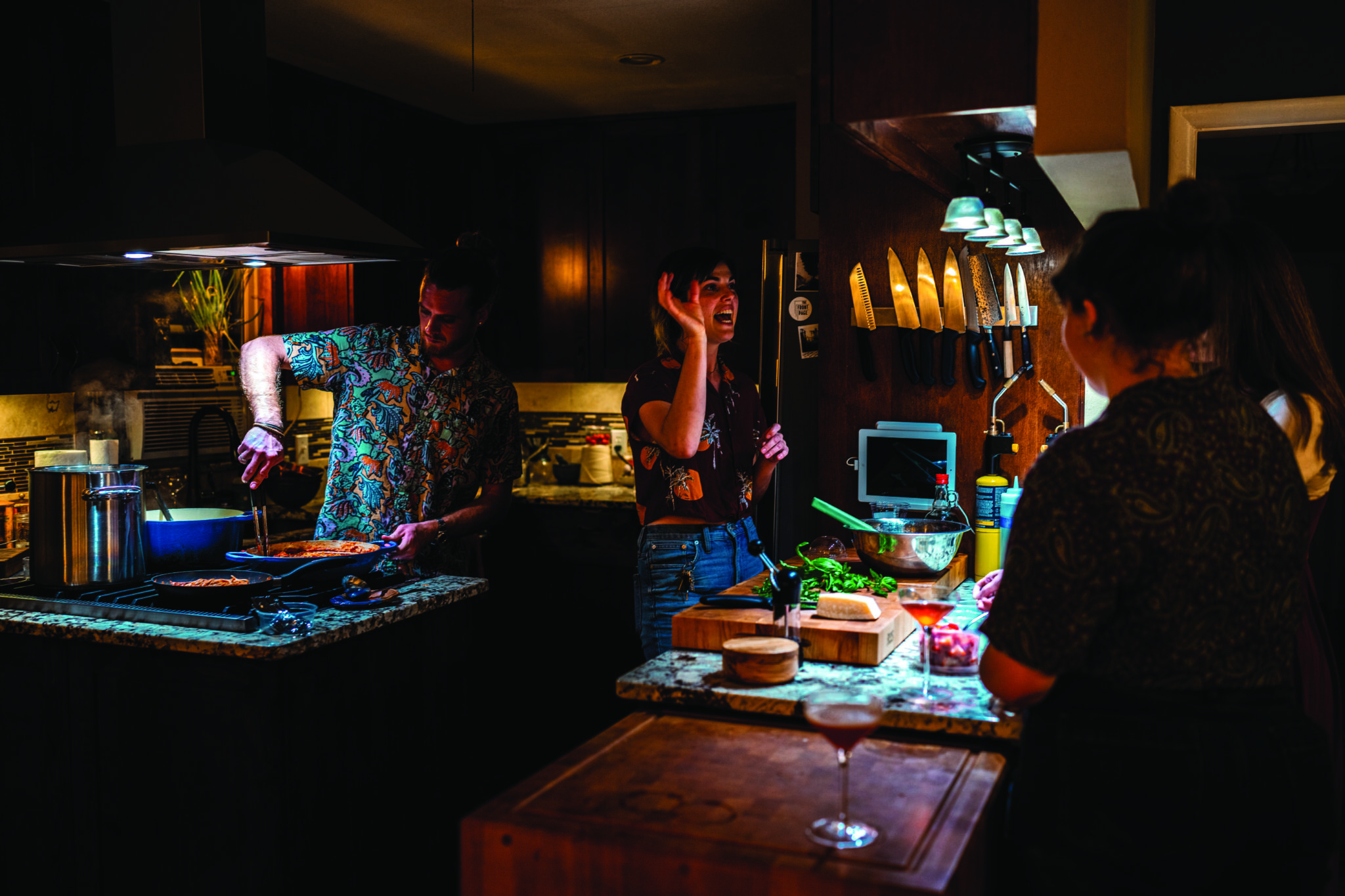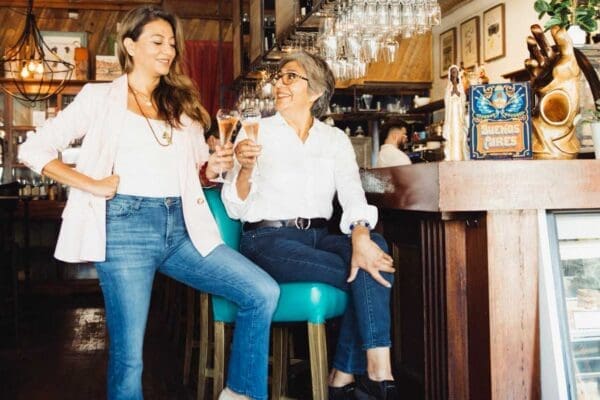A Patchwork of Memories
East Austin’s Rhapsody Mosaic Mural
Words by Jessi Devenyns Photos by Will Bowling
It is said that a picture is worth a thousand words. But how many words is a mural worth if it is made up of hundreds of photos?
Still shots of saxophonists, snaps of jazz singers belting into corded microphones, and portraits of Blues Boy Hubbard in loud blazers strumming his guitar patterned the background idea for the Rhapsody mural on East 11th Street. This collage of images was captured by John Yancey, professor of studio art at the University of Texas and a long-time Austin resident. By interpreting the scenes portrayed in dozens of historic Eastside photos, Yancey was able to capture the essence that created the vibrant music scene of the mid-20th century and consolidate decades of history into one mosaic masterpiece.
Previously home to venues like Charlie’s Playhouse, Victory Grill, and Deluxe Hotel, East 11th district gave rise to a rich history of music and community identity. Then, it nearly disappeared.
This once segregated outpost for African American musicians and clientele morphed over the years in an echo of the changes ushered in by integration. Clubs that used to be filled with neighbors who came to listen to homegrown jazz and blues were replaced by Westsiders and Austin’s elite who came to listen to acts like Louis Armstrong, Etta James, James Brown, and Billie Holiday.
Eventually, the Chitlin’ Circuit faded into memory. However, before it was lost, Professor Yancey brought these moments back by cementing them forever in time. In 2003, he was commissioned by the Austin Revitalization Authority to help revitalize the district with a colorful patchwork of mosaics. At 50 feet long, this large-scale piece proudly displays musicians giving their all to surrender the moment to music and melody. Two saxophonists lean into their notes, one man plays a trumpet using all the stamina his lungs can power, and another woman croons into a microphone as she saunters across the stage in an emerald gown.
The mural is appropriately placed in the Charles E. Urdy Plaza. Charles Urdy was a frequent guest at the jazz nightclubs of yesteryear and was also one of the first African Americans to earn a PhD from UT and later served as a City Council member for five terms.
With vibrant tiles, the mural creates a visual link between the past and present of East Austin, vibrantly reminding those who pass it to never forget the roots of the community that gave birth to the streetscape that Austinites know today.













